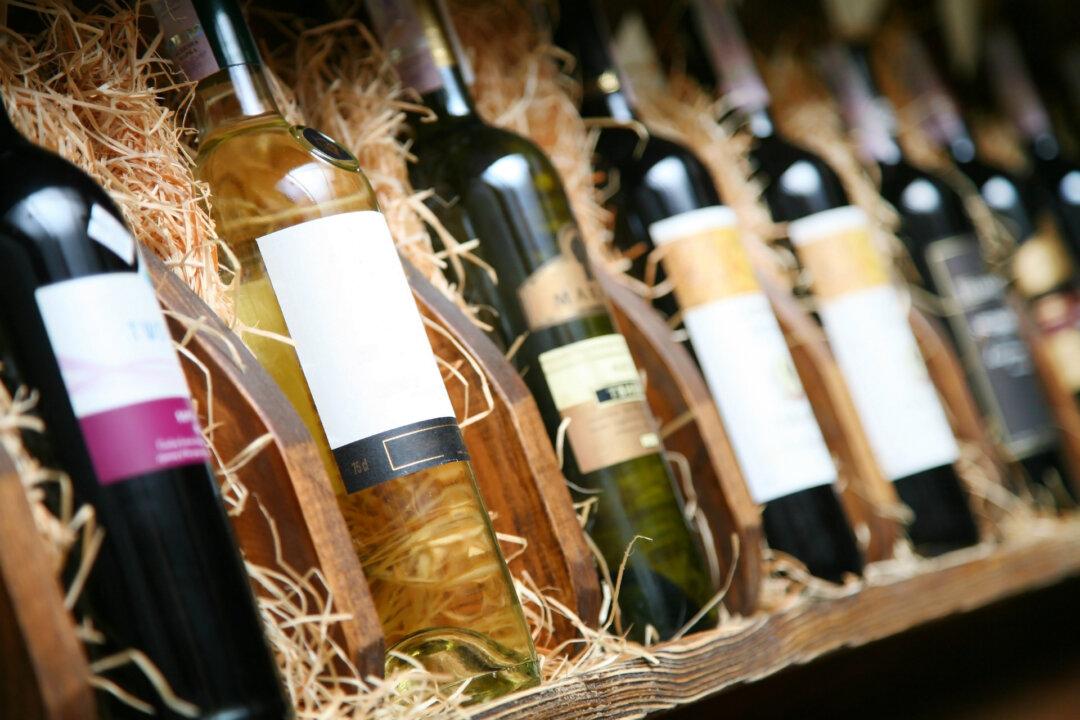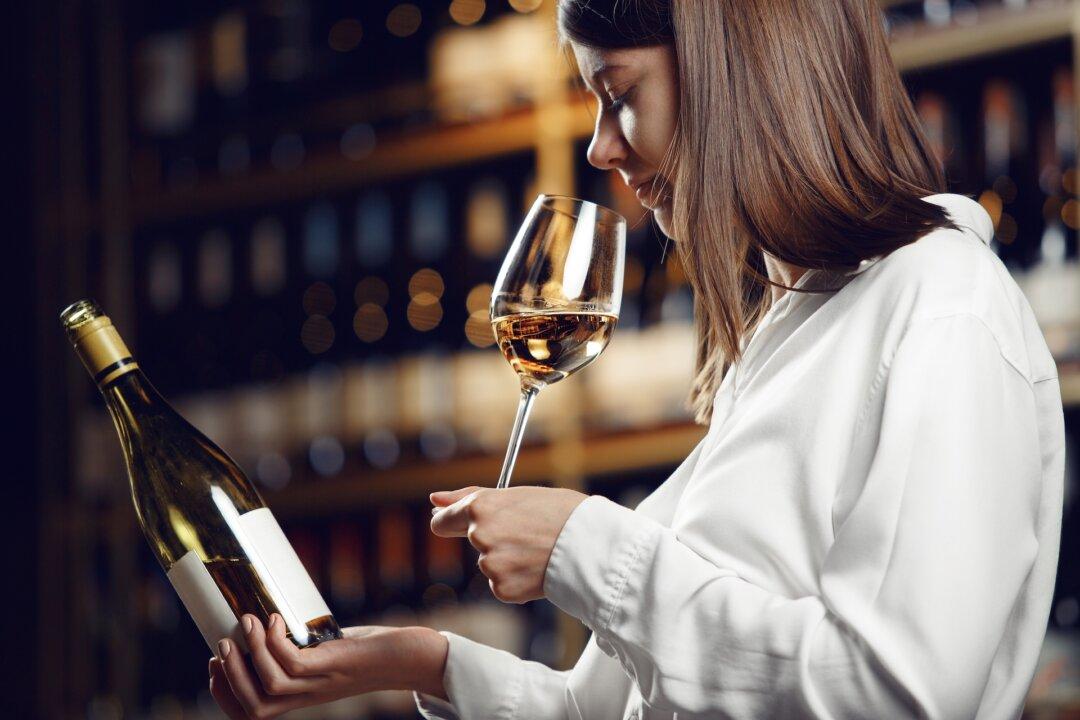Most people who purchase wine regularly know what the basic rules are about how to consume it and store it along with other supposedly widely known “facts.”
But in reality, a number of tips that have been passed down through oral tradition have nothing to do with the way wine really ought to be treated. And that has led some people to assume various things that aren’t correct.
To set the record straight, here are a few basic misconceptions that have been widely disseminated but are off-center.
Red Wine Aging
Many people believe that most red wines will improve if they receive time to be aged in the bottle. The reality is that most red wines should be consumed within about a year or two of their vintage dates, and those with no vintages probably are best consumed as soon as they’re purchased.Those who know a bit about wine know which ones actually do age, and often think they'll be better with longer aging than shorter. In reality, however, most red wines that need some aging probably are best at three or four years. After that, the fruit begins to fade.
Storing Champagne
Those with wine cellars, for the limited number of bottles that will improve with time, usually keep them all on their side, to keep their corks moist so they won’t dry out. This is a sound idea, but when it comes to Champagne and other sparkling wines, it is best to keep them upright. Champagne corks that are kept completely moist can lose their elasticity, eventually ruining the wine.Opened Sherry Bottles
Sherry is a fortified wine made in Spain. Most are nice aperitifs that work well with appetizers. Once sherries are opened, most people assume they can be kept indefinitely without any change. But quality sherries do exist, and the best will eventually oxidize.Water Into Wine
Some red wines can taste a little harsh. This frequently is due to excessive alcohol content, like 15 percent or more. When this occurs, one tactic is to simply add a splash of water to your wine glass. It may thin out the flavors a bit, but it also may expose better-quality fruit that the alcohol was obscuring.Ice Cubes in Wine
Most white wines, and even some reds, should be served cold, especially if they seem to have lower acidity. Sweet wines in particular usually are best well chilled. If there’s no time for that, just add some ice cubes, and remove them when the wine begins to taste good. This works especially well with higher-alcohol zinfandels.Citric Acid Additions
If a wine is particularly low in acidity, such as a riesling with too much sugar, one tactic I use is simply to add a small amount of citric acid, which can easily be found in stores that sell fruit canning equipment. (I buy citric acid in huge quantities and add a tablespoon to each dishwasher load, which makes my wine glasses sparkle!).At-Home Blends
I rarely suggest this tactic, but I have used it on occasion: When a wine isn’t particularly to my liking, I often add a small amount of another wine that improves the one I don’t like. (Of course, this calls for having at least two bottles open at the same time!)Wines That Go ‘Bad’
Wines that have been open for several days can oxidize. If you’re sensitive to such spoilage you could choose to cook with the wine (if the spoilage isn’t particularly strong). One thing for sure is that wine that’s gone “bad” poses no health hazards. They simply don’t taste very good, but they’re not going to cause medical problems—though they still contain alcohol.Wine of the Week
2020 Cune (CVNE) Rioja ($17): The primary grape of the northern Spanish district of Rioja is tempranillo, and this longtime producer has always made a reliable and tasty red wine from that variety. This is one of the better examples, with a solid core of red fruits, some richness in the midpalate, and not very much tannin. Often seen at around $15.




